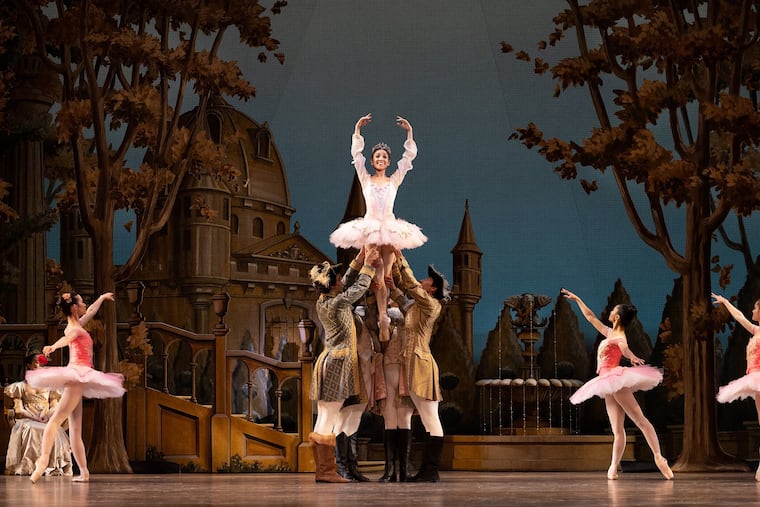‘Sleeping Beauty’ charms at the Academy of Music
Philadelphia Ballet opened its run of artistic director Angel Corella’s "Sleeping Beauty." With a cast of diverse and skilled dancers, it’s a stunner.

Philadelphia Ballet opened its run of artistic director Angel Corella’s "Sleeping Beauty." With a cast of diverse and skilled dancers, it’s a stunner.
